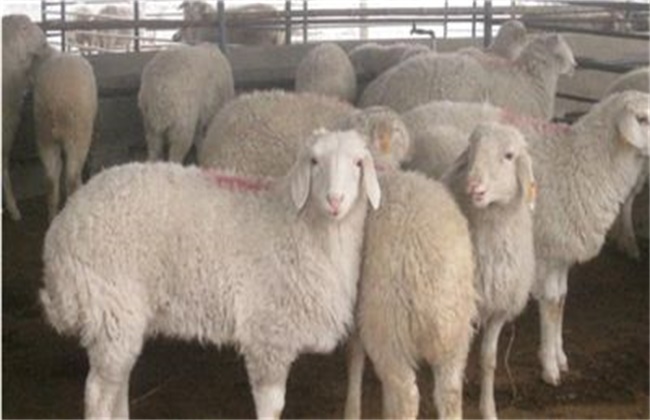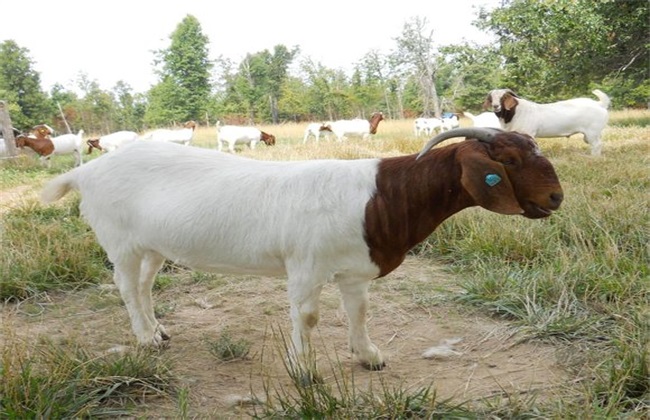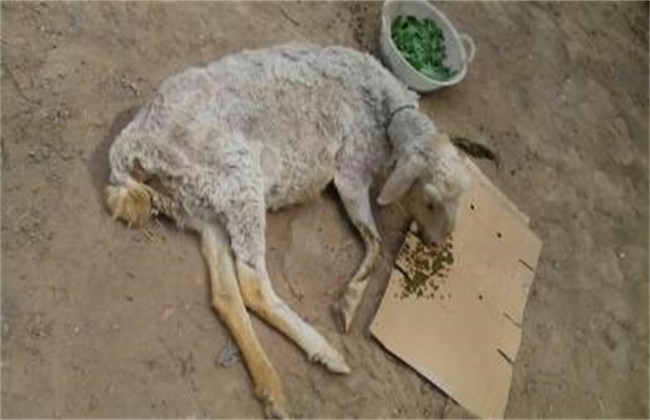Feeding and management techniques of small-tailed Han sheep
Small-tailed Han sheep is a kind of sheep in China, which has the advantages of strong adaptability, rapid growth, early sexual maturity, strong fecundity, stable gene and so on. It is also a good breed of famous livestock and a good breeding project for families to become rich and well-off. So how to raise and manage the small-tailed Han sheep? Next, let's take a look at the feeding and management techniques of small-tailed Han sheep with Xiaobian.

1. Timely castration
In addition to those reserved for breeding, fattening lambs should usually be castrated after 1-3 weeks. Castration is beneficial to improve the quality of meat, make the meat fresh and tender, reduce the taste of lamb, and make the sheep docile, easy to manage and fattening faster. There are two common methods of castration, one is castration forceps, which uses special ovariectomized forceps to hold off the spermatic cord of the lamb at the top of Yinxiang, and the lamb Koo Wan ages slowly over a long period of time. This method has no wound, so it reduces the risk of wound infection. When the male lamb is 1 week old, Gu Wan is squeezed into Yinxiang, and the testicles are firmly entangled with skin tendons or string at the top of Yinxiang, that is, the spermatic cord position, so that its blood circulation is blocked. Generally, the testicles will fall off in about 20-30 days. There is another way to pick out the testicles of the lamb directly with a knife, which needs to be operated by experienced people, so as not to cause infection to the lamb.
2. Early weaning
The traditional weaning time of small-tailed Han sheep is generally 3-4 months old. According to practical experience, 3-month-old and 4-month-old weaned lambs are fattened to 6 months old under the same standard, and their value of rest weight is consistent with daily weight gain. This shows that weaning at the initial 2-month age can be carried out, and weaning and fattening at the age of 2 months is also beneficial to early mating of ewes, raising the breeding sheep from 3 births in 2 years to 2 births in 1 year, and then increasing the reproduction rate, herding rate and meat yield of small-tailed Han sheep. effectively improve the economic benefits.
3. Timely deworming
Fattening lambs should be dewormed 1-2 times after weaning and at the beginning of autumn. the common deworming drugs are nitrochlorophenol, thiobichlorophenol, albendazole and so on. They can be taken orally according to the proportion of 4mg, 35mg, 75mg, 2.5mg, 3mg, respectively, of 1kg rest weight.
4. Reasonable feeding
When fattening small-tailed Han sheep, it is necessary to match the coarse and refined feed reasonably so that the lambs can be fenced within half a year, which can obviously improve the economic benefits. The feed can be fed according to the proportion of 35% hay, 37% corn straw, 5% bean cake, 4% cotton cake and 14% bract. For weaned lambs at the age of 5-6 months, the body weight is about 40kg, and the average daily weight gain is about 200g. This not only has a high meat production rate and a short fattening period, but also is suitable for large-scale breeding.
The above is the introduction of the feeding and management technology of small-tailed Han sheep. I hope it can help you. If you want to know more about it, please follow us.
Related
- On the eggshell is a badge full of pride. British Poultry Egg Market and Consumer observation
- British study: 72% of Britons are willing to buy native eggs raised by insects
- Guidelines for friendly egg production revised the increase of space in chicken sheds can not be forced to change feathers and lay eggs.
- Risk of delay in customs clearance Australia suspends lobster exports to China
- Pig semen-the Vector of virus Transmission (4)
- Pig semen-the Vector of virus Transmission (3)
- Five common causes of difficult control of classical swine fever in clinic and their countermeasures
- Foot-and-mouth disease is the most effective way to prevent it!
- PED is the number one killer of piglets and has to be guarded against in autumn and winter.
- What is "yellow fat pig"? Have you ever heard the pig collector talk about "yellow fat pig"?



